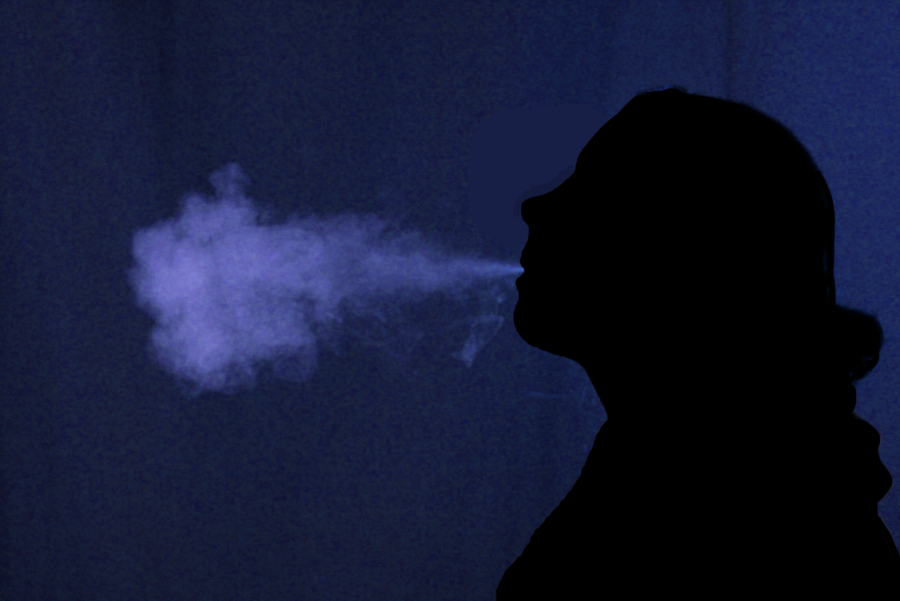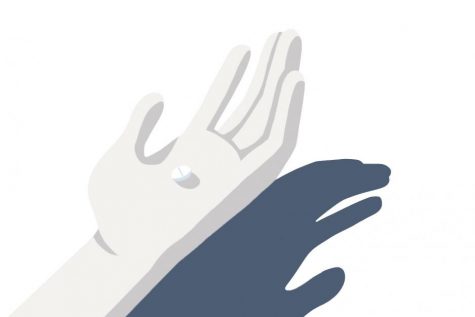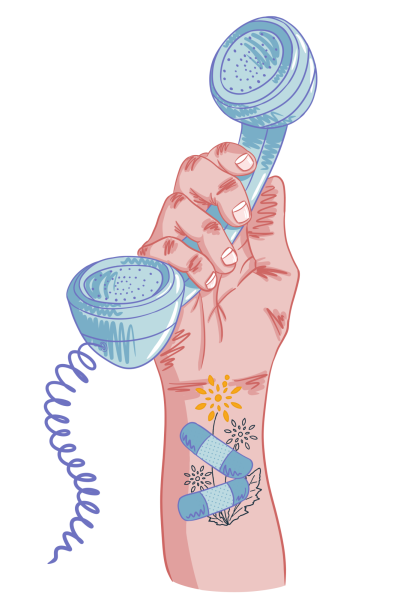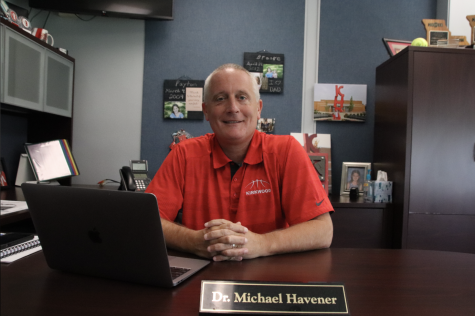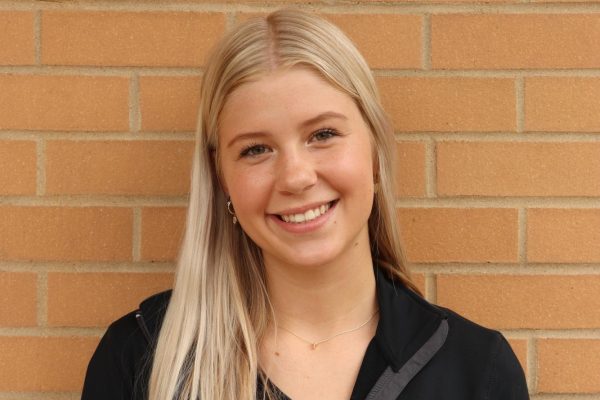The crown juul
According to HHS.gov, 600,000 middle school students and 3 million high school students in America smoke a form of e-cigarettes.
Disclaimer: The names Jane and Anna will be used to protect these students.
For Jane, senior, every minute she can go without her vape is an accomplishment. She has been addicted to vaping since the seventh grade, when her older cousin first offered her a hit of his Juul. Since then, Jane has spent over $5,000 on pods alone, but more importantly, she has permanently altered her mental and physical health, she said.
“When my cousin first offered me his Juul, I didn’t think of any consequences.” Jane said. “It was just something new and exciting; my initial thought was that it was really good.”
Jane first tried vaping when she was 13, an age she now recognizes was far too young to be using nicotine. She said it was the instant feeling of relaxation that got her hooked.
“I didn’t start vaping to seem cool,” Jane said. “I started because I felt like I had to keep chasing that feeling. It’s very soothing, and doesn’t seem as dangerous as weed or any hard drugs.”
I didn’t start vaping to seem cool. I started because I felt like I had to keep chasing that feeling. — Jane
Sarah Gibbs, KHS educational support counselor, previously worked at an early intervention substance abuse program where she helped those struggling with addiction. Gibbs said she understands how easy it is for a teenager to develop substance abuse issues, especially with vaping. Vaping companies are able to get people, especially teens, hooked on their products by producing fruity flavors and making fun ads, she said, which creates the idea that vaping isn’t dangerous. This is meant to distract from the fact that any amount of nicotine will affect mental and physical health, Gibbs said.
“Nicotine permanently changes the chemicals in your brain, affecting the same chemicals that are responsible for depression and anxiety,” Gibbs said. “The immediate effect of that brief high is worsening the body’s depression and anxiety levels, leaving the user wanting more of the relieving feeling that comes with vaping.”
Jane said she is not surprised she quickly became dependent on nicotine for relief. According to the U.S. News, 2.5 million adolescents are similar to Jane in this way, using vaping as a form of stress relief. She said she has an addictive personality, which has made her prone to becoming addicted to drugs. Jane also said that although she uses alcohol and weed regularly, she prefers nicotine because it’s easy and seems lighter.
“I’ve tried to quit vaping before, but sometimes, I can only last three hours before I need more,” Jane said. “The longest I’ve been able to go was two weeks while on vacation, only because I had no access to a vape.”
Jane’s younger sister, Anna, has been by Jane’s side through her addiction, she said. Anna first discovered Jane’s addiction about three years ago, but knew Jane would be able to overcome this habit. Anna said supporting her sister is tough at times because she knows how important it is for Jane to overcome her addiction, and it makes her upset seeing Jane relapse time after time.
“Sometimes I don’t know how to help her when she’s quitting or going through a rough patch,” Anna said. “One of the easiest things to do is give her love and support.”
Since being interviewed, Jane has made the decision to try and quit, this time for good. Jane said that although she had been unsuccessful with quitting in the past, she knows this time her sobriety has to stick. Jane’s plan is to become sober before college, so she can begin school with a clean slate.
Your donation will support the student journalists of Kirkwood High School. Your contribution will allow us to purchase equipment and cover our annual website hosting costs.

She/Her
Hobbies and Interests: reading, spending time with friends, watching movies and hiking
Favorite movie: Napoleon Dynamite
Favorite...

She/Her
Hobbies and Interests: volleyball and hanging out with friends
Favorite song: Sundress by Asap Rocky
Favorite Quote:


